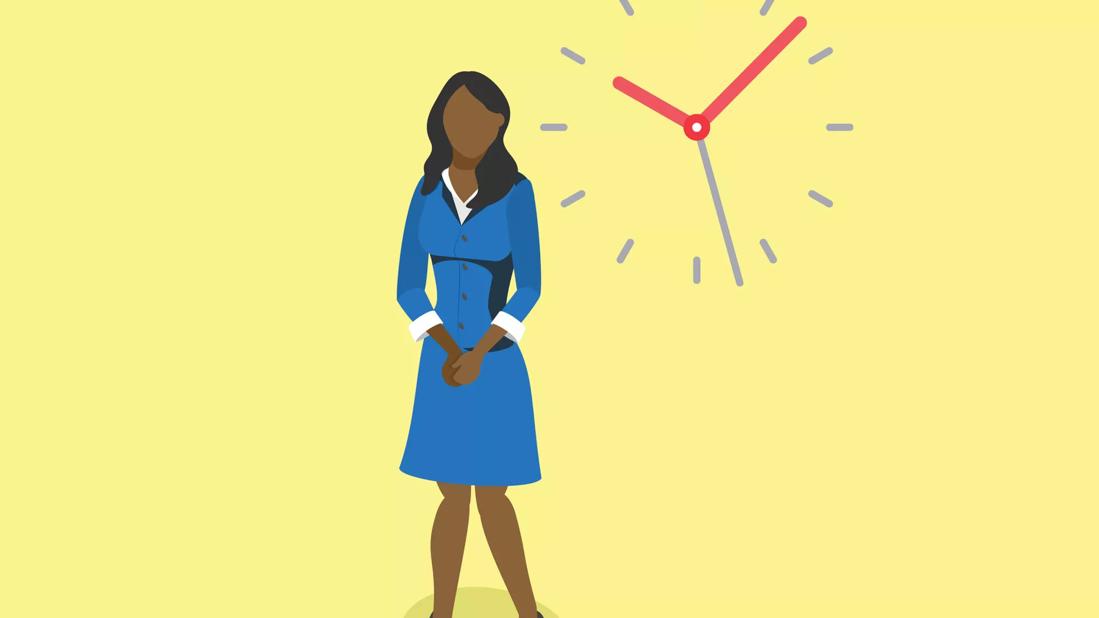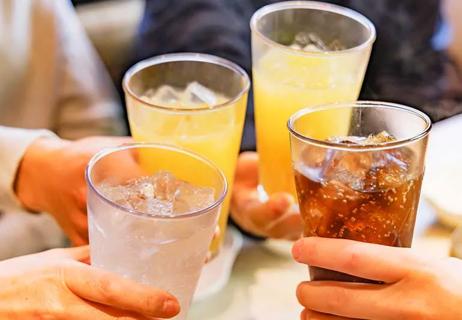It isn’t just about your body; it’s also about your mind

Bladders are funny things. Often described as being like a balloon, able to expand and contract as needed, your bladder is designed to hold your pee (urine) until you make the decision to let it go.
Advertisement
Cleveland Clinic is a non-profit academic medical center. Advertising on our site helps support our mission. We do not endorse non-Cleveland Clinic products or services. Policy
Yet bladders don’t always work the way they’re supposed to. That’s when bladder training can help.
The aim of a bladder training program — also called bladder retraining or timed voiding — is to teach your bladder to hold more urine and empty less often. Adjusting your bathroom habits is key, so you use the toilet on a set schedule, whether or not you have the urge to urinate. Gradually, you’ll increase the length of time between bathroom visits. This allows your bladder to fill more fully and gives you more control over the urge to pee.
Bladder training can be effective for all sexes. But it’s important to understand that bladder training isn’t just about your physical body, says urologist Emily Slopnick, MD.
“It’s also a way to train your mind,” she continues. “Some people just get into the habit of going all the time, or whenever they see a bathroom, thinking, ‘Oh, I better go, just in case.’ But while it’s good to use the bathroom frequently, it’s kind of easy to get into the habit of going too much, even if you don’t need to. And that can disrupt the normal pattern of bladder functioning.”
Dr. Slopnick teaches us the basics of how to train our bladders to function at their best.
Advertisement
The process generally follows a few basic steps:
Your goal is to gradually lengthen the time between bathroom breaks until you can wait for several hours between visits. (Fewer bathroom visits! Who doesn’t like that?)
Waiting to pee can be difficult, and you may have to find ways to distract yourself from thinking about it. Here are four things you can try:
If you experience any of the following concerns, bladder training may help:
But Dr. Slopnick notes that there are some cases where bladder training may not help much. For one, stress incontinence — leakage that’s caused by a sneeze, cough or laughter — is unlikely to respond to bladder training. This also includes incontinence following the removal of the prostate.
“There can be other factors going on as well,” she cautions, “in which case, bladder training may not work. The release of urine is not totally under your control. There are muscles that work involuntarily at times. Or say you have a urinary tract infection or your bladder is truly full and kind of overflowing. In those kinds of cases, bladder training may not be very effective.”
Advertisement
A bladder diary is a tool to help gain control of your bladder. Every day, you can write down important facts about your urination. “The idea is to help identify patterns and problems,” Dr. Slopnick explains, so there are many things you might want to record, including:
The goal is to help you (and your healthcare provider) spot important patterns in your daily schedule. For instance, it can be helpful to see how much fluid you’re drinking, especially if you’re bothered by frequent urination or waking up at night to use the bathroom. Too much fluid can simply overwhelm your bladder, and lead to a lot of bathroom visits.
“Some people just don’t realize how much water or soda they are drinking,” says Dr. Slopnick. “But when they keep a bladder diary, they may say, ‘Oh wow, I see I’m going through a couple liters of water a day. No wonder I’m always in the bathroom.’”
Your bladder diary can also help reveal patterns in your urine output. “Are you going every two hours and 10- to 12-ounces comes out?” asks Dr. Slopnick. That’s a lot of peeing. So, drinking less fluid could help.
Advertisement
She continues, “Or are you going every hour and only an ounce or two is coming out? In that case, you aren’t giving your bladder a chance to fill up. That might be a time when you could say to yourself, ‘I know my bladder isn’t really full, so I am going to pause and give myself a little more time before I go to the bathroom.’”
Your pelvic floor is a sheet of muscles in the base of your pelvis, which is the lower part of your body between your abdomen and your legs. It forms a kind of hammock to support your bladder, bowels and other pelvic organs. The muscles in your pelvic floor also help control urination. If they’re too weak — or too tight — you may have trouble with bladder control, including leakage and the need to pee too often.
The best-known exercise to strengthen weak pelvic floor muscles is the Kegel. Both men and women can do them. Start by pretending you have to pee. Then, squeeze the muscles you would use to hold it in. Those are the muscles of your pelvic floor.
Especially if you have stress incontinence — which causes pee to leak out during activities like sneezing, coughing, laughing or lifting things — it can help to perform a quick, strong Kegel squeeze right beforehand.
Advertisement
On the flip side, some people have pelvic floor muscles that are too tight. “It’s kind of like clenching your jaw all the time,” explains Dr. Slopnick. “It can make you feel like you have to go all the time, and it can make it really hard to empty your bladder.” In this case, learning how to relax those muscles is the goal. “Physical therapy can work wonders here,” she adds.
Biofeedback can be part of a physical therapy program, as well. With biofeedback, “When you squeeze or relax, you actually get some visual feedback on a screen that lets you know you are doing it right,” says Dr. Slopnick. “It helps your brain learn how to activate the appropriate muscles.”
In fact, physical therapy can often be an important part of regaining bladder control. “Some people prefer to try these exercises on their own, but I encourage the involvement of a physical therapist,” she continues. “We aren’t used to controlling these muscles, so it can be really hard to know if you are doing these exercises correctly. And if you aren’t doing them right, they aren’t going to be effective.”
Bladder training, pelvic floor exercise and physical therapy can all make a big difference in your ability to control your bladder. But there are other factors, too, that can help or hurt your efforts. You can increase your chances of success by addressing these items:
A strong urge to pee, the need to pee more often than you would like or pain in your lower abdomen may all be signs of bladder irritation caused by foods you’re eating or drinking. Reducing that irritation can strengthen your ability to control your bladder.
There are many food and drink items that can cause bladder irritation, but some are more likely than others.
Dr. Slopnick advises that the following items can often be the source of bladder irritation:
And here is a special word on water: Water is good — in the right amount. Too much water makes you need to urinate more often and can create a strong sense of urgency. If you often have to get up at night to pee, this could be part of the reason. Too little water can lead to a buildup of waste in your urine, making it strong-smelling, dark in color and irritating to your bladder. This can also increase the frequency and intensity of your need to go.
So, how do you know how much water to drink? “The main things are that your urine is pale yellow to clear in color — in other words, not concentrated — and that you are not feeling thirsty,” says Dr. Slopnick. “About four to eight 8-ounce glasses a day should be about right for most people.”
Bladder training, pelvic floor exercises and watching what you eat and drink can all help you regain control of your bladder. Other benefits of bladder training and Kegel exercises are that they’re generally safe, easy and cost little or no money. And you can try them in the comfort of your own home.
Of course, these strategies take time and commitment. But if they end up not helping as much as you’d like, it’s good to know there are still other things you can try. A urologist can help, especially with bladder training and provide referrals to physical therapy. Further down the road, medications or surgery could also be considered.
With so many options to try, it’s a relief to know that bladder control issues don’t need to rule your life.
Learn more about our editorial process.
Advertisement

Before you run out and buy this specialty underwear, there are treatment options to try first, like pelvic floor therapy and medication

Eliminating certain items, like soda and citrus, can help relieve your bladder discomfort

The big difference with this procedure is the smaller dosing

It’s an FDA-approved treatment for urinary incontinence and overactive bladder

An overactive bladder, UTI, kidney stones or an enlarged prostate can affect how you urinate

Alcohol confuses your brain, irritates your bladder

Most recommended precautions center around minimizing bruising or swelling

Type 2 diabetes isn’t inevitable with these dietary changes

Applying a hot or cold compress can help with pain